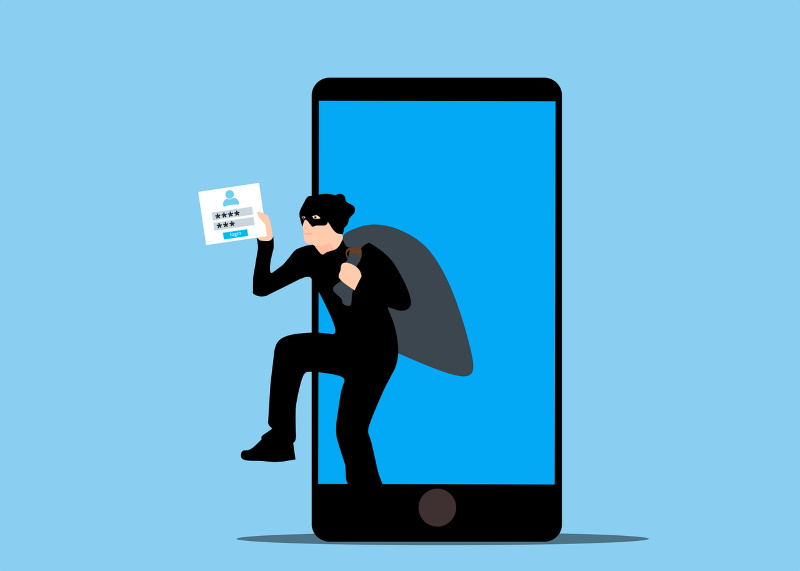How to Report Unauthorized Bank Transactions? 10 tips what to do.
Unauthorized bank transactions occur when funds are transferred from a bank account without the account holder’s knowledge or consent. These incidents can result from fraud, identity theft, or errors in banking systems. Given the increasing number of cybercrime cases, it is essential to know how to respond to minimize losses and protect your finances. Here are 10 tips on what to do, how to behave to recover lost money and how to report Unauthorized Bank Transactions

1. Unauthorized Bank Transactions – Identifying the Problem
The first step in dealing with suspected unauthorized transactions is recognizing them. Regularly monitoring your bank account helps quickly detect any irregularities. Here are a few tips to help identify unauthorized transactions:
- Regularly Check Bank Statements: Comparing transactions with personal records allows for the quick detection of discrepancies.
- Bank Alerts: Most banks offer the option to set up SMS or email notifications for each transaction. This is an effective way to keep track of account activity.
- Pay Attention to Small Transactions: Fraudsters often start with small amounts to test whether the account holder notices the issue.
2. Unauthorized Bank Transactions – Immediate Actions
If you identify an improper transaction, take the following steps immediately:
- Contact Your Bank: Notify your bank of the suspicious transaction immediately. Most banks offer 24/7 customer support lines designed to respond quickly to such reports.
- Block Your Card: If you suspect your card details have been stolen, block your card immediately. This can usually be done through online banking or the bank’s mobile app.
- Report to the Police: In cases of significant amounts or suspected serious crime, it is worth reporting the matter to law enforcement. The police can conduct an investigation that may help identify the perpetrators.
3. Protecting Personal Data
To minimize the risk of unauthorized transactions, it is important to properly secure your personal information:
- Do Not Share Sensitive Information: Avoid sharing your card number, PIN, or online banking login details with third parties.
- Use Strong Passwords: Passwords for bank accounts should be complex and unique, ideally consisting of a combination of letters, numbers, and special characters.
- Update Software: Regularly updating software on your computer and smartphone helps protect against malicious software.
4. Protection Against Phishing and Other Scams
Phishing is one of the most common methods used by fraudsters to gain unauthorized access to bank accounts. It involves sending fake emails or SMS messages designed to steal personal information. Here are some tips on how to protect yourself from phishing:
- Always Verify the Sender: Be cautious if the message comes from an unknown source. Banks never ask for sensitive information via email or SMS.
- Avoid Clicking on Suspicious Links: Clicking on a link in a fake message can lead to your device being infected with malicious software.
- Use Antivirus Software: Good antivirus software can help detect and block phishing attempts.
5. Unauthorized Bank Transactions – The Bank’s Complaint Procedure
If you notice an unauthorized transaction, you have the right to file a complaint with your bank. Here’s how to do it:
- Submit a Complaint: Contact your bank and report the unauthorized transaction. The bank is obliged to accept the complaint and begin its review process.
- Prepare Documentation: Provide all necessary documents, such as bank statements, transaction confirmations, and correspondence with the bank.
- Complaint Review Timeframe: By law, banks have a set time to review complaints (usually 30 days). In complex cases, this period may be extended, but the bank should inform the customer of the reason for the delay.
6. The Right to Refund
If the complaint is deemed valid, the customer is entitled to a refund of the unauthorized funds. The bank should promptly transfer the funds back to the customer’s account. It is also worth remembering that banks are legally required to implement appropriate security measures, and in cases of non-compliance, the customer has the right to pursue their claims.
7. Unauthorized Bank Transactions – Prevention
The best way to protect against unauthorized transactions is prevention. Here are some additional actions that can enhance security:
- Use Two-Factor Authentication: Many banking service providers offer two-factor authentication, which adds an extra layer of security.
- Avoid Public Wi-Fi: Logging into online banking via unsecured, public Wi-Fi networks can be risky. Whenever possible, use private, secure internet connections.
- Regularly Change Passwords: Frequently changing passwords for bank accounts and other important services can significantly enhance security.
8. Education and Awareness
Knowledge of threats and how to avoid them is crucial in combating unauthorized transactions. Banks and financial institutions often organize educational campaigns aimed at raising customer awareness of financial security. It is worth following such initiatives and using the available educational materials.
9. Cooperation with Financial Institutions
In the case of unauthorized transactions, cooperation with your bank is crucial. Financial institutions have the necessary tools and procedures to respond effectively to such incidents. Actions taken by the bank may include:
- Blocking the Account: In the event of suspected unauthorized access, the bank may temporarily froze the account to prevent further transactions.
- Changing the Card Number: In the case of card data theft, the bank will issue a new card with a new number.
- Transaction Monitoring: Banks have the ability to monitor and analyze suspicious transactions, which can help identify the perpetrators.
10. Conclusion
Unauthorized bank transactions pose a serious threat to financial security. It is important to be prepared for such situations and know the procedures that allow for a quick response. Regular account monitoring, reporting suspicious transactions, securing personal data, and educating oneself about cybersecurity are key elements that can help protect against financial losses. Cooperation with the bank and using available security tools are essential to effectively counter unauthorized transactions and minimize their consequences.











